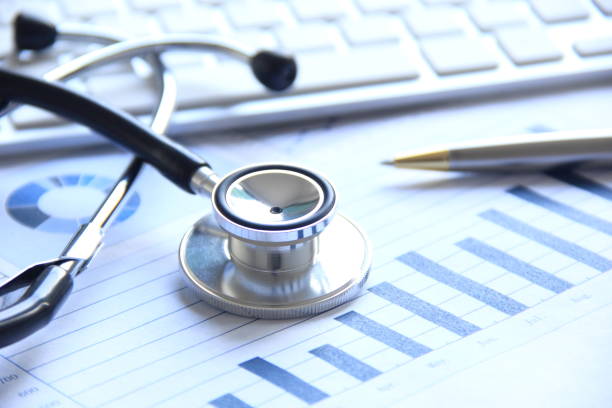Often when we discuss IoT we think of devices connected in offices or business locations, but the application of IoT in the healthcare space is literally life-changing. In Healthcare the focus is on the Continuum of Care, which is the entirety of care from birth to death. Leveraging IoT along this continuum can drastically improve patient treatment and medical outcomes.
Simultaneous Reporting and Monitoring
A great example of an amazing new use of IoT in healthcare is Ingestible Sensors. These are microscopic IoT devices embedded in pills which send data to applications or devices outside the body. For example, the sensors can monitor medication dosage and provide doctors with metrics to avoid improper dosing and help develop customized medication programs for patients.
Wearable technology (wearables) in healthcare provides another great example of IoT facilitating patient data collection to boost positive patient outcomes. Wearable data collection devices such as Fitbits and smartwatches are examples of consumer products that capture data for health tracking, monitoring, and evaluation. Personal IoT health monitoring devices have expanded to include wearable ECG monitors and blood pressure monitors, which can be quickly evaluated remotely in real-time by caregivers.
Data Collection and Analysis
Healthcare outcomes are heavily influenced by the amount of data that can be collected, whether from individual patients or a group of patients over time. IoT provides the major benefit of access to vast amounts of patient data that can be collected, organized, and analyzed to help caregivers identify and resolve health issues more efficiently. This data can result in immediate interaction or be captured over time across large groups of individuals to help develop new approaches to combating chronic disease.
Of course, the minute you say capture data in a Healthcare setting, bells go off about security. The HIPAA (Health Insurance Portability and Accountability Act of 1996) is United States legislation that provides data privacy and security provisions for safeguarding medical information. This is one of the gating factors that has stalled some of the IoT advancements as technology providers and healthcare CIO/CTO’s determine how to support the growing number of devices while at the same time protecting patient data.
Remote Medical Assistance
IoT in healthcare isn’t only about providing better health outcomes – it is also about providing better financial outcomes. Connected solutions that enable patients to access specialists on an
as-needed basis can relieve a hospital from employing certain skills fulltime. Using a centralized core of Clinicians in support of monitoring Intensive Care Units remotely is a noteworthy growing healthcare trend. This model provides hospitals with 24×7 access to highly skilled and experienced caregivers who can remotely monitor patients and intervene via two-way video communications at any time. This frees up local staff to perform their regular tasks while having continuous eyes on the most critical patients.
In addition, providing patients with equipment they can take home frees up hospital beds more quickly, while at the same time providing a high level of follow-up care to avoid patient re-admittance.
Insurance companies are exploring the benefits of IoT in healthcare as well. Data gleaned from wearable devices and IoT health-specific devices to monitor customer activity and adherence to treatment plans can help determine treatment efficacy and the impact of preventive measures. The data can also provide insurance companies with information that could indicate fraudulent claims.
Data Security & Privacy
The impact of IoT on healthcare seems limitless; however, there are technical and legal challenges to adoption. The possibility of someone hacking into a pacemaker was never considered until you connect that pacemaker to the internet. Your daily routine, as reported by your wearable technology, could provide someone with your exact location if the data fell into the wrong hands. Your medical condition could be exploited if details of your condition were exposed. These are risks we never had to consider before IoT. However, the consensus is that the numerous benefits and improved outcomes that result from leveraging IoT in healthcare will ultimately result in more health-centric IoT product and solutions which will help us all.
This post is a shortened form of an article published in the September issue of Sound & Communications magazine. Read the article in its entirety here.
